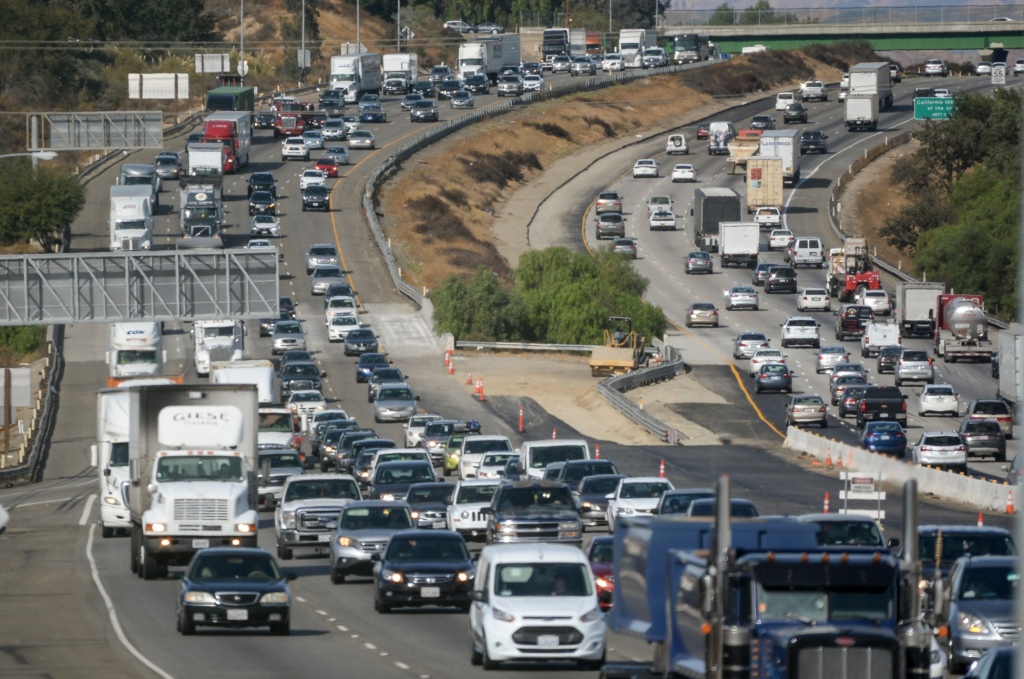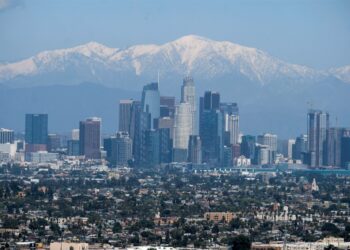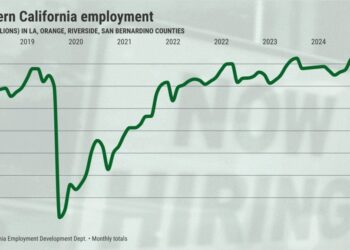You can tell a lot about the California economy by looking at its automobiles.
The business climate’s rebound from pandemic pains, so far, has dodged some potholes, says my trusty spreadsheet review of two reports on 2022 transportation.
Basically, the good news is that lots of new “light trucks” are idling in a growing number of traffic jams.
In recent years, finding a dealer with any new vehicles on the lot has been a challenge. The pandemic created parts shortages and supply chain issues that made manufacturing a nightmare. So new-car buying suffered.
The California New Car Dealers Association reported 1.44 million retail sales statewide in 2022 – that’s new registrations excluding fleet sales to businesses. But that purchasing pace was only 88% of pre-pandemic 2019, back when we really didn’t know what the coronavirus was.
But there’s an eye-catching sales split within the somewhat gloomy picture overall.
Californians bought 981,421 light trucks last year. Purchases of these small trucks, vans and SUVs were equal to 105% of 2019 sales, or a full recovery from the pandemic turmoil in the auto business.
Conversely, Californians bought only 459,944 traditional cars in 2022. You know, boring sedans such as the one this columnist drives. That was only 65% of the pre-pandemic pace. Talk about a steep drop.
Or look at this car-buying switcheroo this way: The sedan’s share of 2022 statewide sales was just 32% – that’s off from 43% in 2019 and down from 53% in 2016.
Price isn’t right
Widespread economic uncertainties created by the pandemic didn’t scare drivers from the typically pricier light trucks.
Nor did rising gas prices budge them away from these less fuel-efficient vehicles. Supposedly, car shoppers like the roominess and perceived safety advantages of larger vehicles.
Meanwhile, auto manufacturers with limited production capabilities concentrated on the most profitable (ahem, expensive) models. So, essentially buyers and sellers…
Read the full article here







